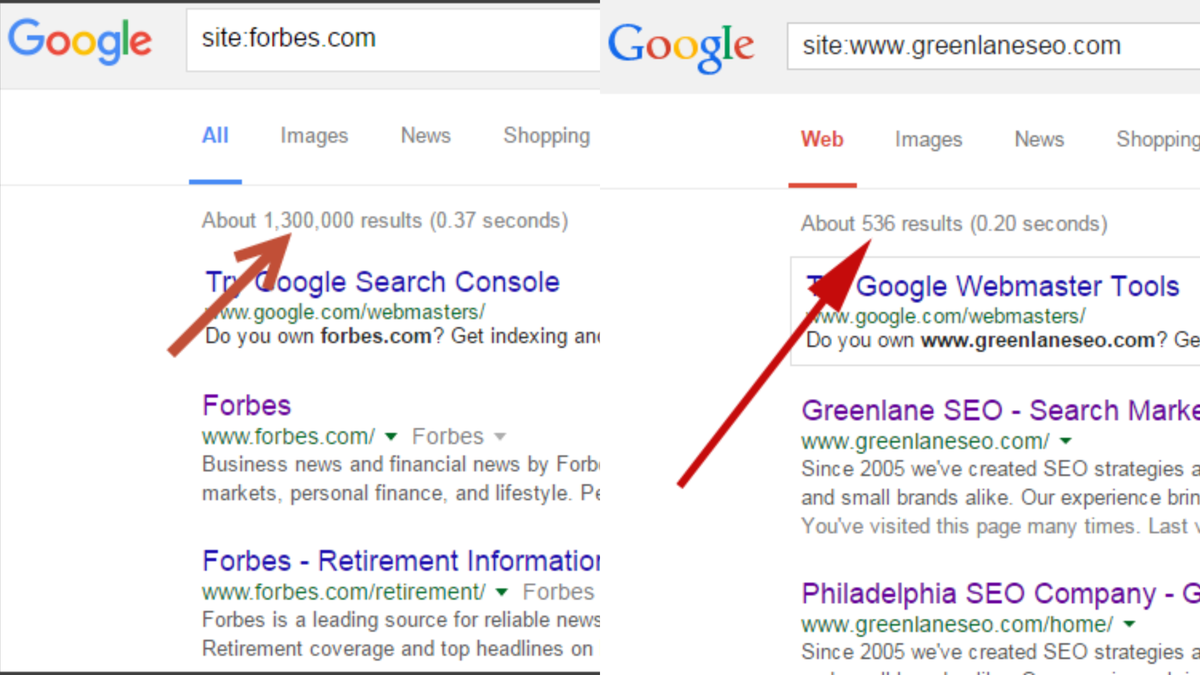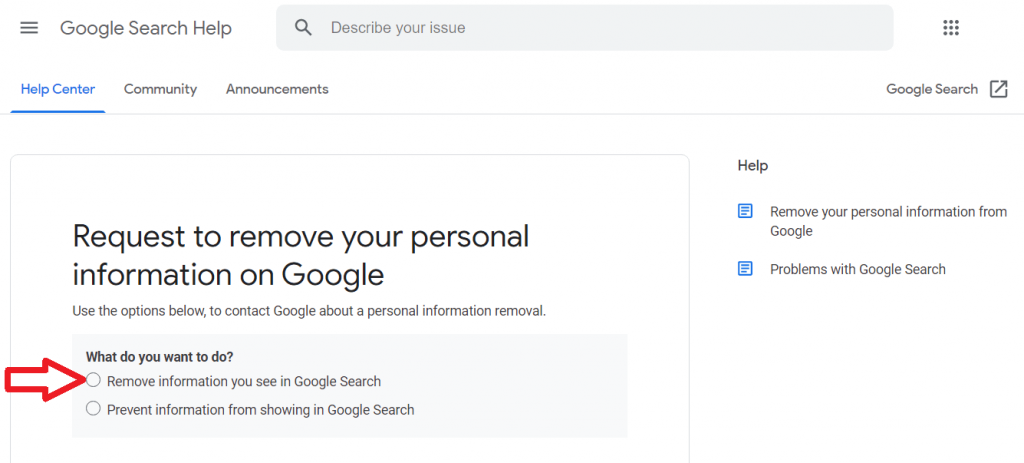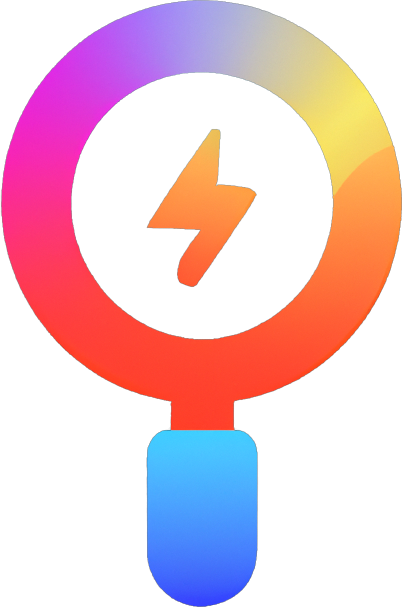How To Deindex Pages From Google Search?
How To Deindex Pages From Google Search?

When a page is deindexed from Google search, it means that it is no longer included in Google’s search results. This means that when someone searches for something on Google, the deindexed page will not appear in the list of search results.
These are the basic ways and information on deindexing a page from google search. Many companies are concerned about getting all of their web pages included in Google’s search results. However, not all pages are equally valuable. In fact, having certain pages indexed may even harm your search rankings and reputation. You may not even be aware that these pages have been indexed. Google is usually very efficient at adding pages to its search index, but it can sometimes include pages that should not be included.
In this article, you will learn how to remove a page from the Google search index, and which pages you should consider deindexing to improve your site’s reputation and search rankings.
Why To Deindex Pages From Google Anyway?
There are various reasons why people may want to remove certain pages from Google’s search index. One common reason is the presence of duplicate content. In other cases, certain pages are not meant to be indexed, such as a ‘Thank You’ page that is shown to users after they complete a specific action on a website. These types of pages may be deindexed to prevent them from being found through Google search without the desired action being completed.
To prevent harming your domain authority and ranking, as well as slowing down the indexing of important pages, we need to deindex some pages from Google search results.
What Is Index Bloating?

Index bloating is a phenomenon that can occur in a search engine’s index when there is an excessive amount of low-quality or irrelevant pages in the index. This can make it more difficult for the search engine to return relevant results for a given query, as it has to sort through a more significant number of pages to find the most relevant ones. Index bloating can also lead to longer search times and reduced performance for the search engine. It is generally considered to be a negative thing, as it can lead to a poorer user experience for searchers.
This can hinder the site’s ability to rank highly and can lead to a poor user experience if low-quality pages do manage to rank. The overall quality evaluation of the domain in the eyes of search engines may also be negatively affected by index bloating.
Understanding The Deindexing Process
How Does Google Crawl & Index Pages?
Google crawls the web using a program called Googlebot. The crawling process begins when Googlebot discovers a new link. It starts by requesting the server for the page’s HTML content. The server then responds with the HTML content, which Googlebot then parses and indexes. Googlebot uses algorithms to determine the relevance and importance of each page it crawls. These algorithms take into account several factors, including the content of the page, the number and quality of external links pointing to the page, and the overall structure of the website.
Google also uses a system called “Caffeine” to index and process the web pages it crawls. Caffeine allows Google to process the pages more quickly and in near-real-time, which means that new pages and updated content can be indexed and made available in search results much faster than before. Once a page is indexed, Google uses a complex set of algorithms to determine its ranking in search results. This ranking is based on factors such as relevance, authority, and user engagement.
How To Check If Your Page Is Currently Indexed?
There are several ways to check if a page is currently indexed by Google:
- Use the “site:” operator in Google Search: Type “site:example.com/page” into Google’s search bar, replacing “example.com/page” with the URL of the page you want to check. If the page is indexed, it will appear in the search results.
- Check Google Search Console: If you have verified your website in Google Search Console, you can use the “Index Coverage” report to see the status of your pages. The report will show you which pages have been indexed and which ones have issues that need to be fixed.
- Use a tool like Ahrefs or SEMrush: These tools allow you to check the indexation status of your pages, as well as other SEO-related data such as backlinks, traffic, and keywords.
- Check the Google cached version: You can also check the cached version of the page by doing a Google search of the page and clicking on the “Cached” link under the page’s title in the search results. If the page is indexed, a cached version of it will be available.
It’s important to note that even if a page is indexed, it doesn’t necessarily mean that it will appear in search results or rank well. The ranking of the page depends on many other factors.
How To Submit A Deindexing Request To Google?

To submit a deindexing request to Google, you can use the URL removal tool in Google Search Console. The process is as follows:
- Verify your website in Google Search Console: To use the URL removal tool, you first need to verify your website ownership in Search Console.
- Access the URL removal tool: Once you have verified your website, you can access the URL removal tool by going to the “Coverage” report in Search Console and selecting the “Remove URLs” button.
- Submit the URL: In the URL removal tool, you can submit the URL of the page you want to deindex. You can also submit a directory or a whole site for removal.
- Wait for Google to process the request: After you submit the request, Google will review it and take action on it. Depending on the number of requests and the complexity of the request, it can take Google from a few days to a couple of weeks to process your request.
It’s important to note that the URL removal tool is a temporary measure, the deindexing request will be valid for only about 180 days. If you want to permanently remove the page from Google search, it’s best to remove it from your website, use the “noindex” meta tag or redirect the page to another relevant page using a 301 redirect.
Conclusion
In conclusion, deindexing pages from Google searches can be an important step in maintaining the overall health and reputation of your website. By removing pages that are no longer relevant, outdated or contain sensitive information, you can improve your search rankings and protect your brand’s reputation.
The process of deindexing a page from Google search starts with understanding the crawling and indexing process of Googlebot. By using tools like Google Search Console or other SEO tools, you can check the indexation status of your pages and find out which pages need to be deindexed.
Once you have identified the pages that need to be removed, you can take several actions to deindex them. The most common method is to remove the page from your website and use 301 redirects to point to a relevant page. If it’s not possible to remove the page, you can use the “noindex” meta tag to prevent Googlebot from crawling and indexing the page. Additionally, you can use the URL removal tool in Google Search Console to request Google to deindex the page, but this is a temporary solution and the request will be valid for 180 days.
It’s important to note that deindexing a page doesn’t guarantee that it will disappear immediately from the search results and it may take some time to take effect. Additionally, it’s also important to be aware that deindexing a page will not remove any backlinks to the page, which may still be present in the search results.
In conclusion, deindexing pages can be an effective way to improve the overall health of your website and protect your brand’s reputation. By understanding the crawling and indexing process of Googlebot, identifying the pages that need to be removed, and using the appropriate methods to deindex them, you can ensure that your website is providing the best possible user experience and search results for your audience.
